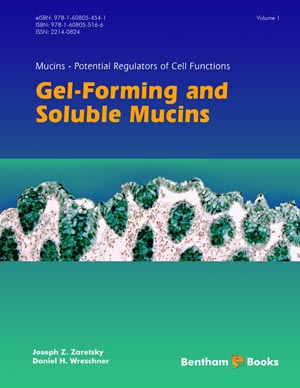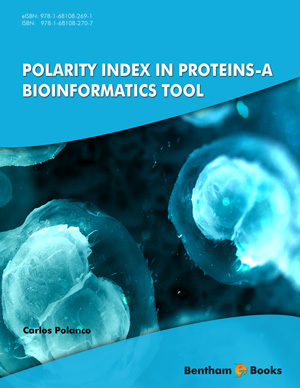Abstract
Multifunctionality is one of the ubiquitous properties of biological macromolecules and is also a feature of the gel-forming and soluble secreted mucin glycoproteins. These mucin molecules participate in various basic cell processes in both physiological and pathological conditions. Their functions appear to be important both for embryonic/fetal development and for adult cells and tissues. They perform such functions as lubrication and hydration of mucosal surfaces, defending them against mechanical and chemical harm and infection. The gel-forming mucins have the potential to modify and catalyze organic chemical reactions. The secreted glycoproteins are active participants in innate immunity. Depending on cell type and type of neoplasm, gel-forming mucins function as tumor suppressors or tumor promoters. The secreted mucins possess antibacterial, antifungal and antiviral activities. In addition, the important processes of biological reproduction are also regulated by mucins, in particular by the soluble MUC9/OGP mucin glycoprotein. This chapter presents the data on the multifunctional potentials of the secreted mucins as regulators of cell functions.
Keywords: Overt functions, secreted mucins, multifunctional potential.











